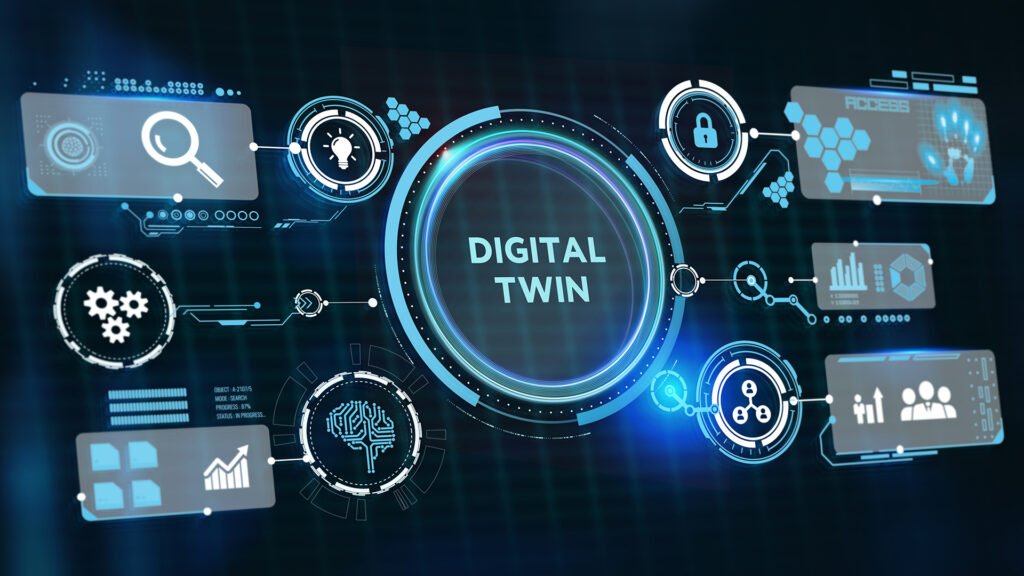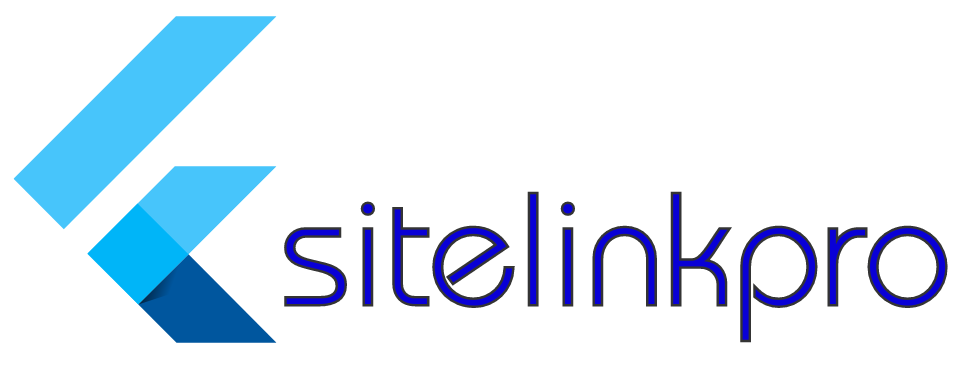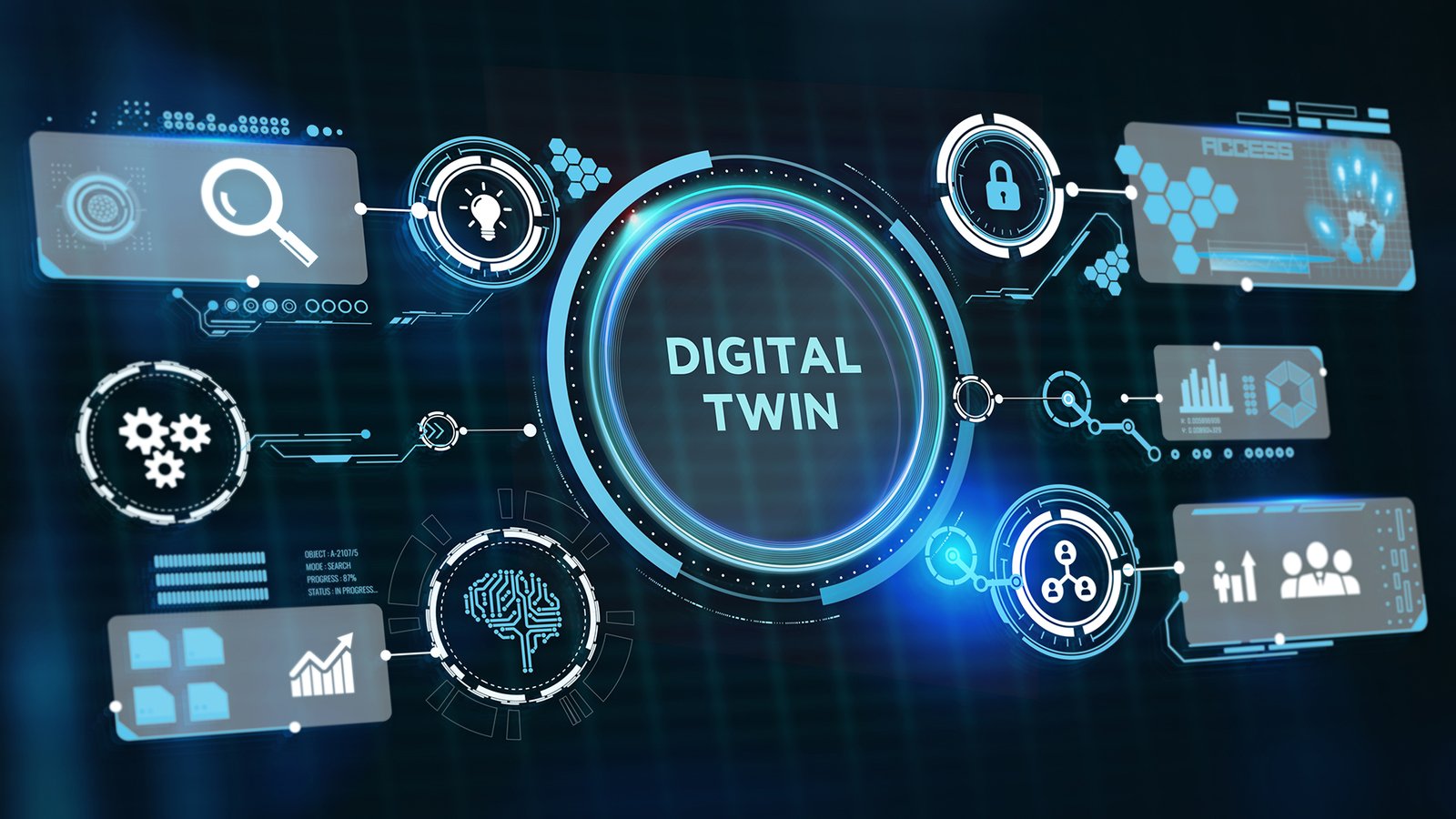
Digital twins are a revolutionary technology that bridges the gap between the physical and digital worlds. By creating virtual replicas of physical objects, processes, or systems, digital twins enable real-time monitoring, analysis, and optimization. These virtual models are used across various industries to gain insights, predict performance, and make data-driven decisions, enhancing efficiency and innovation.
What Are Digital Twins?
A digital twin is a dynamic, digital representation of a physical asset or system. It is continuously updated with real-time data, allowing it to mirror the state of its physical counterpart accurately. This data can be gathered through sensors, IoT devices, and other data collection methods, providing a comprehensive view of the asset’s performance and condition.
Digital twins can be created for anything from individual components, like machinery parts, to entire systems, such as manufacturing processes or even entire cities. They are used to simulate, predict, and optimize outcomes in the virtual space before applying changes in the real world. This approach reduces risks, improves efficiency, and can lead to significant cost savings.
Applications in Various Industries
Digital twins have found applications in numerous industries, each benefiting from the ability to test and optimize in a virtual environment.
Manufacturing and Industrial Processes
In manufacturing, digital twins are used to model and monitor production lines, machinery, and supply chains. By simulating the production process, manufacturers can identify potential bottlenecks, optimize workflows, and improve overall efficiency. For example, a digital twin of a factory can predict equipment failures before they occur, allowing for preventative maintenance and minimizing downtime.
Healthcare and Personalized Medicine
Healthcare is another sector that benefits greatly from digital twin technology. By creating digital replicas of patients, healthcare providers can simulate treatments and predict outcomes, leading to more personalized and effective care. This approach can improve surgical planning, optimize therapy protocols, and even aid in the development of new medical devices by testing them in a virtual environment.
Smart Cities and Urban Planning
In urban planning, digital twins are used to create virtual models of cities to test the impact of new infrastructure projects, monitor environmental conditions, and improve resource management. By simulating different scenarios, city planners can make more informed decisions, enhancing sustainability and the quality of urban life. For instance, a digital twin of a city’s transportation system can help optimize traffic flow and reduce congestion.
Energy and Utilities
The energy sector uses digital twins to optimize the performance of assets like power plants, wind turbines, and energy grids. By modeling these systems, operators can predict energy consumption patterns, optimize maintenance schedules, and increase operational efficiency. For renewable energy sources like wind and solar, digital twins can help in predicting energy generation and managing the integration of these sources into the grid.
Benefits of Digital Twins
Digital twins offer several key benefits, including:
- Enhanced Performance Monitoring: Real-time data from digital twins provides a detailed understanding of asset performance, enabling proactive maintenance and reducing downtime.
- Risk Mitigation: By simulating different scenarios in a virtual environment, companies can identify potential issues and mitigate risks before they impact the physical asset or system.
- Cost Savings: Digital twins allow for virtual testing and optimization, reducing the need for physical prototypes and costly trials.
- Data-Driven Decision Making: The insights gained from digital twins enable organizations to make more informed, data-driven decisions, improving outcomes and operational efficiency.
Supporting Digital Twin Implementation with Tools
The implementation of digital twins often involves handling a variety of digital assets and data visualization tools. This is where services like Sitelinkpro come into play, providing essential tools to support these processes:
- PNG to JPG Converter: In the process of creating and sharing digital twin models, image compatibility can be crucial. Sitelinkpro’s PNG to JPG converter ensures that images used in digital twin models are in the most accessible format, improving file management and sharing.
- English Dictionary: Understanding the complex terminology associated with digital twins is essential. Sitelinkpro’s English dictionary tool helps decipher technical jargon, ensuring clear communication and comprehension, which is vital for interdisciplinary collaboration.
- Remove Image Background: Creating clear, professional visuals is often needed when presenting digital twin models to stakeholders. Sitelinkpro’s tool for removing image backgrounds can help in preparing high-quality visuals, focusing on key elements for better clarity and impact in presentations.
Digital twins are transforming how industries operate, providing virtual replicas that offer real-world insights. From manufacturing and healthcare to urban planning and energy management, digital twins enable enhanced performance monitoring, risk mitigation, and cost savings. By leveraging digital tools like those offered by Sitelinkpro, businesses can effectively manage and present the digital assets necessary for implementing digital twin technology. As this technology continues to evolve, its applications and benefits will likely expand, further bridging the gap between the physical and digital realms.




